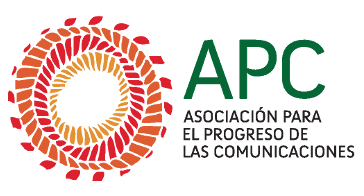Publicado el
Actualizado por última vez en
Greetings! Lauren writing from the AMARC 9 World Assembly in Amman,Jordan. It has been a privilege to be present here among the global and regional AMARC family and the many local community radio activists and journalists. I wish to share very good news from the Community Radio sector of India….
This statement is issued by Ashish Sen, President of Asia pacific, AMARC at the Amarc 9 World Conference of Community Radio Broadcasters General Assembly, 11-17 November 2006. For more information contact voices@vsnl.com
AMARC welcomes the decision by the government of India legitimizing community radio in the country. Today, 16th November 2006, a cabinet decision was released, allowing civil society organizations, NGOs, and other non profit organisations, to apply for community radio licenses. It will also allow them to become self supporting through limited advertising revenue. India is the first country in South Asia to have a separate policy for community radio.
This cabinet notification comes 11 and a half years after the Supreme Court of India’s landmark judgment which declared that airwaves are public property. Since then initiatives, especially from rural India, demonstrated the need for voices of the excluded to move to the centre.
November 16th 2006, is not only a historic day for these communities but for all of the country who are committed to media democratization and the realization of a three tiered media structure- public, private and community; based on principles of equity and inclusiveness.
During the 11 and half years of struggle the community radio movement witnessed several ups and downs before the November 16th endorsement by the government. In 2004, the ministry of Information and Broadcasting initiated a consultative process to determine an enabling environment for community radio in the country. Through this process, a consensus document was ratified and taken up by the I & B ministry. But many more hurdles remained to be crossed before the reality of community radio was to find tangible expression. A consultative parliamentary committee was set up to confront the issue. Subsequently a group of ministers was set up to take the issue forward. More than a year passed since their appointment leading many to believe that community radio would always be a case of so near and yet so far. But ultimately there was light at the end of the tunnel.
The light was amplified by community groups of the poor like Kutch Mahila Vikas Sanghatan, Namma Dhwani, VOICES, Deccan Development Society, and others who used narrowcasting, cable radio and buying time from All India Radio to ensure that voices of the poor were not overwhelmed by the sound of silence. It is their voices that are the true inheritors of community radio in the country today.
Underlying their efforts were networking, lobbying and advocacy initiatives that emerged- albeit late in the day. Collaborations with academia and other social movements strengthened and reinforced the relevance of community radio. Voice was acknowledged as a critical ingredient in poverty eradication. The question is “Who’s voice?”
Ultimately Gandhiji’s wisdom that radio is ‘shakthi’ seems to have prevailed. India needs to now strengthen the Mahatma’s vision that the excluded take their due place in the country’s guidance through the power and force of community radio wave.
end


